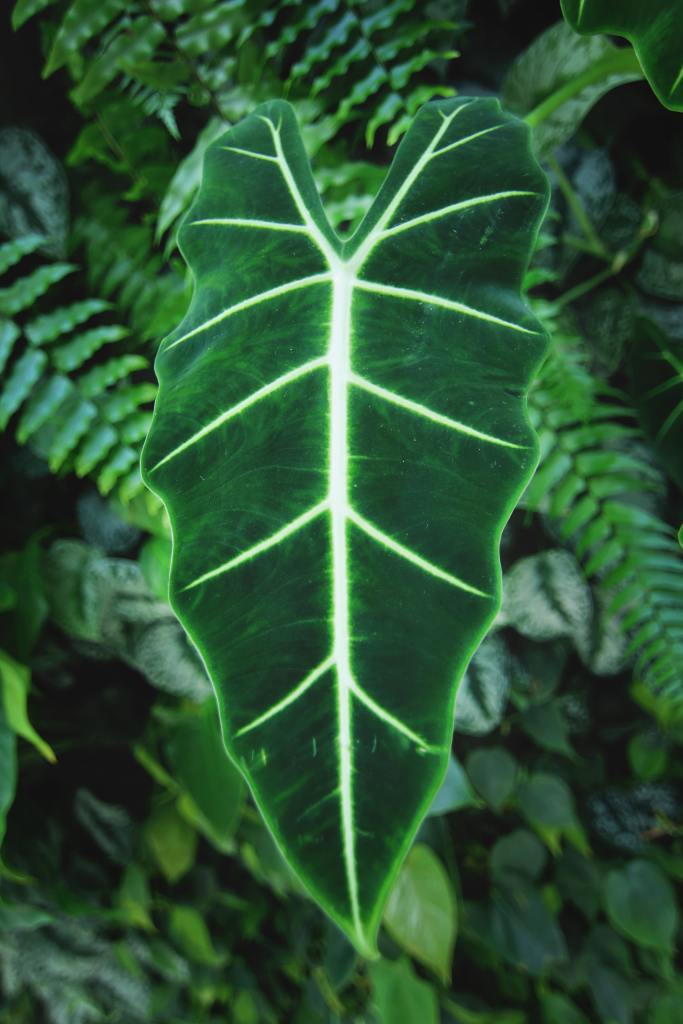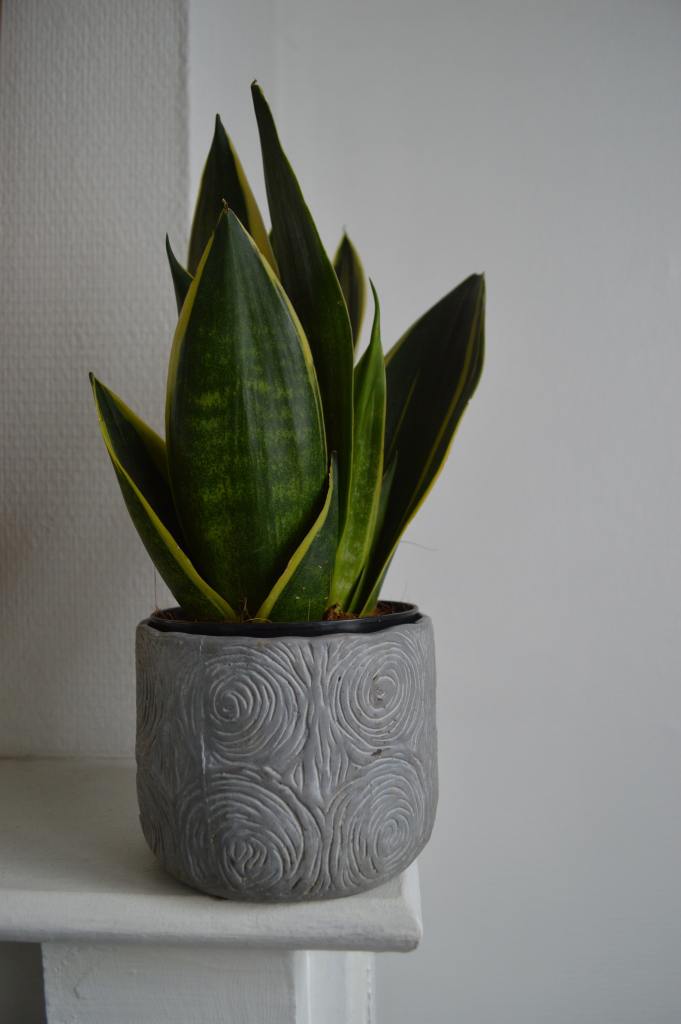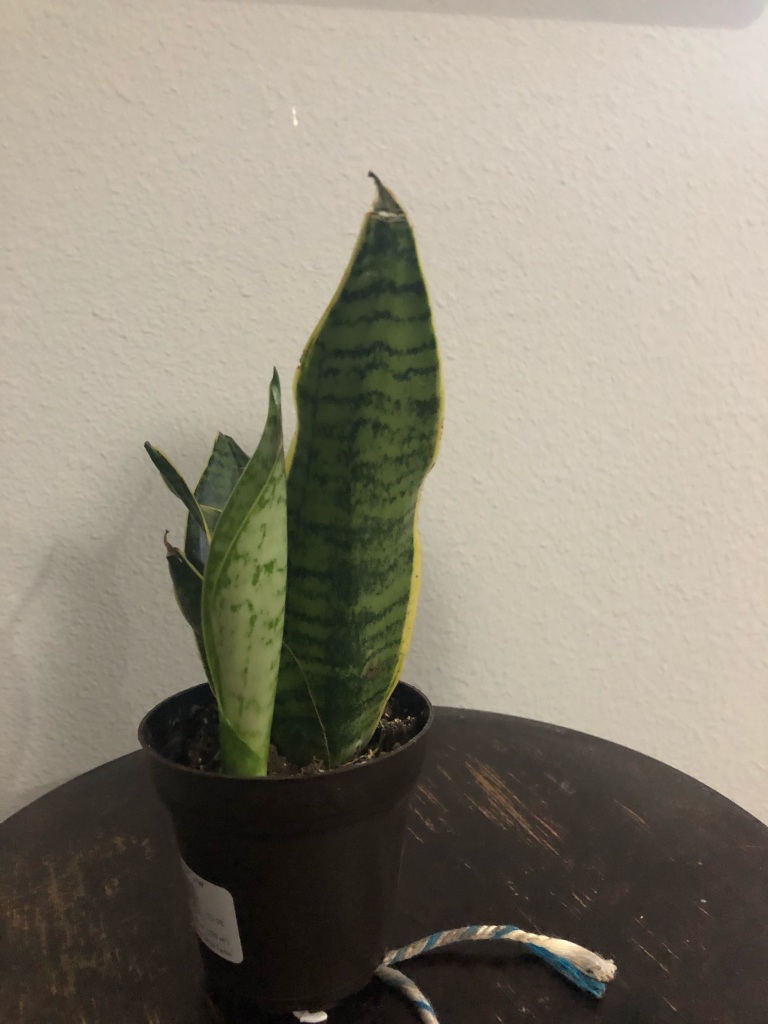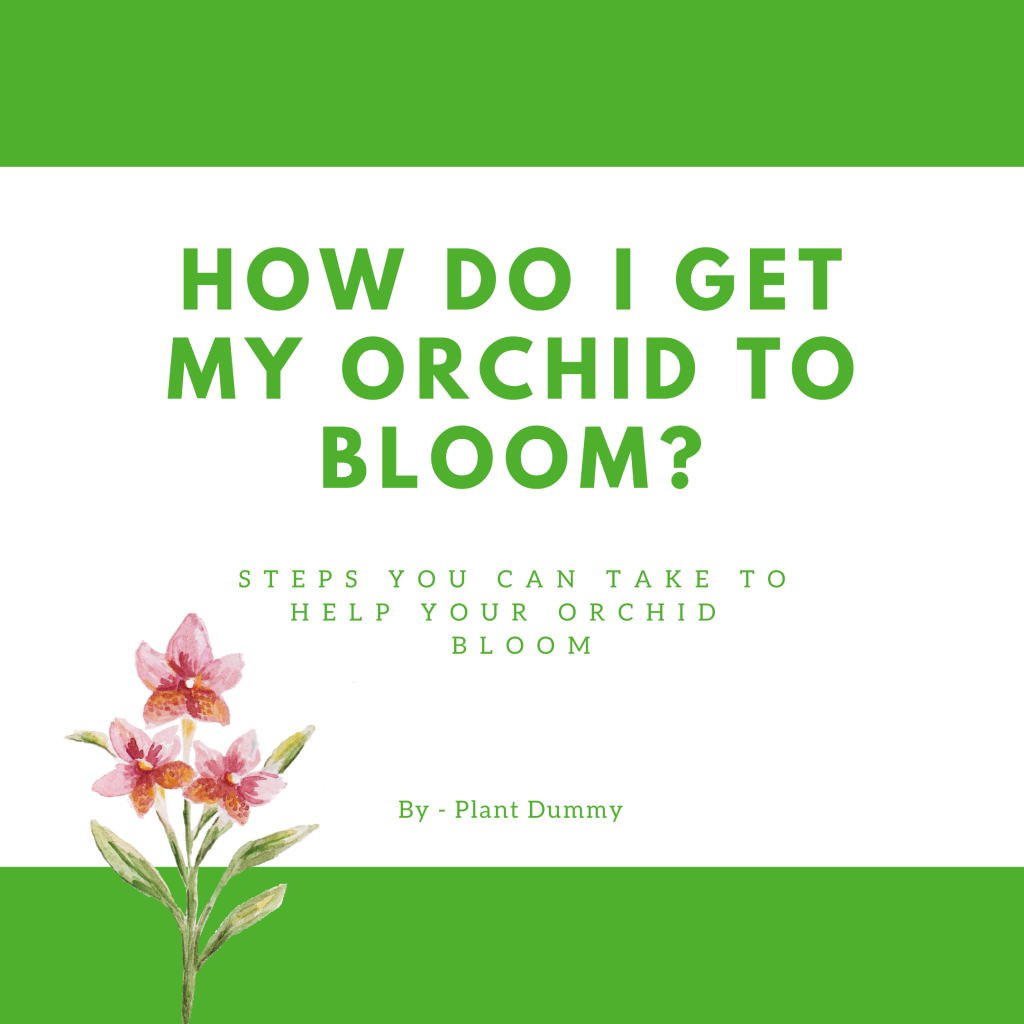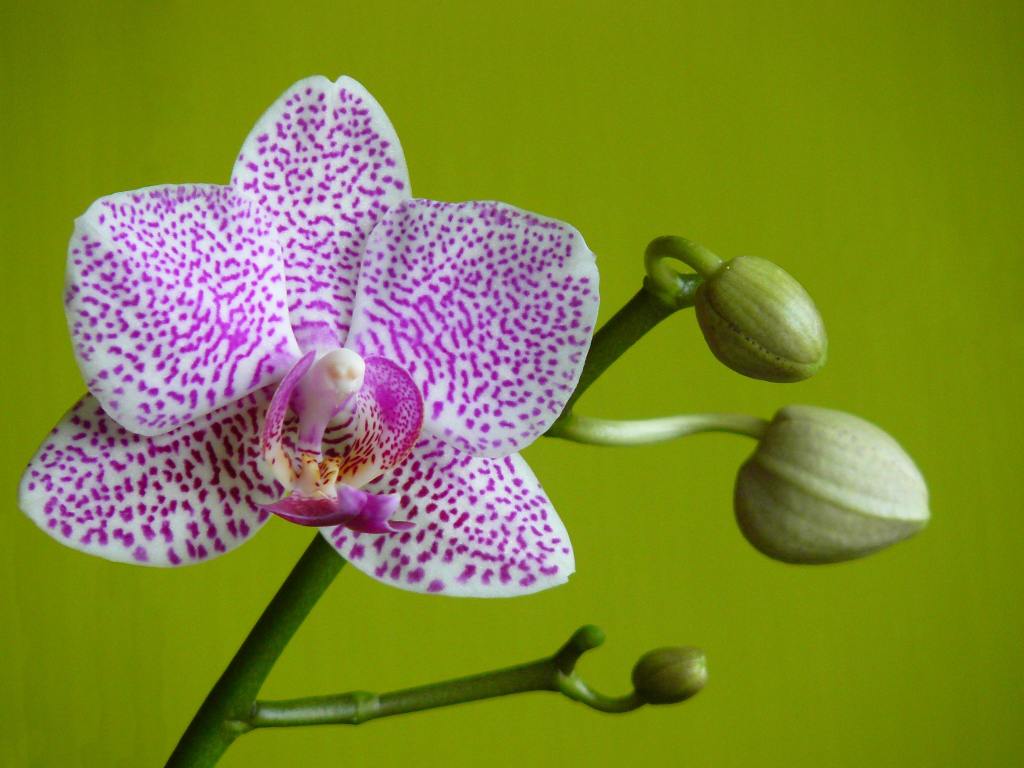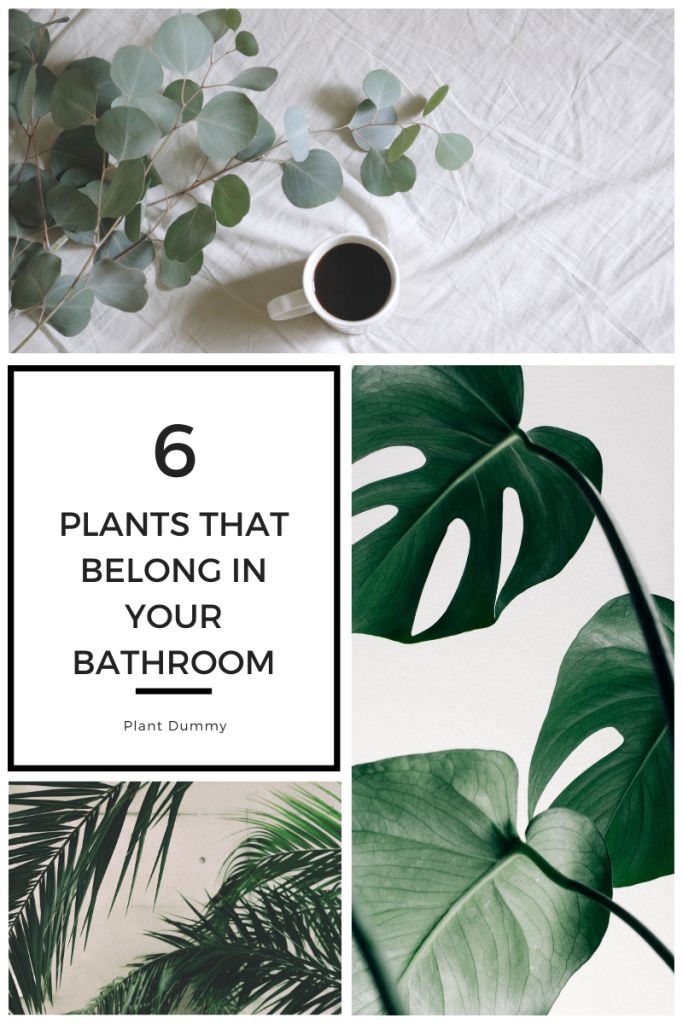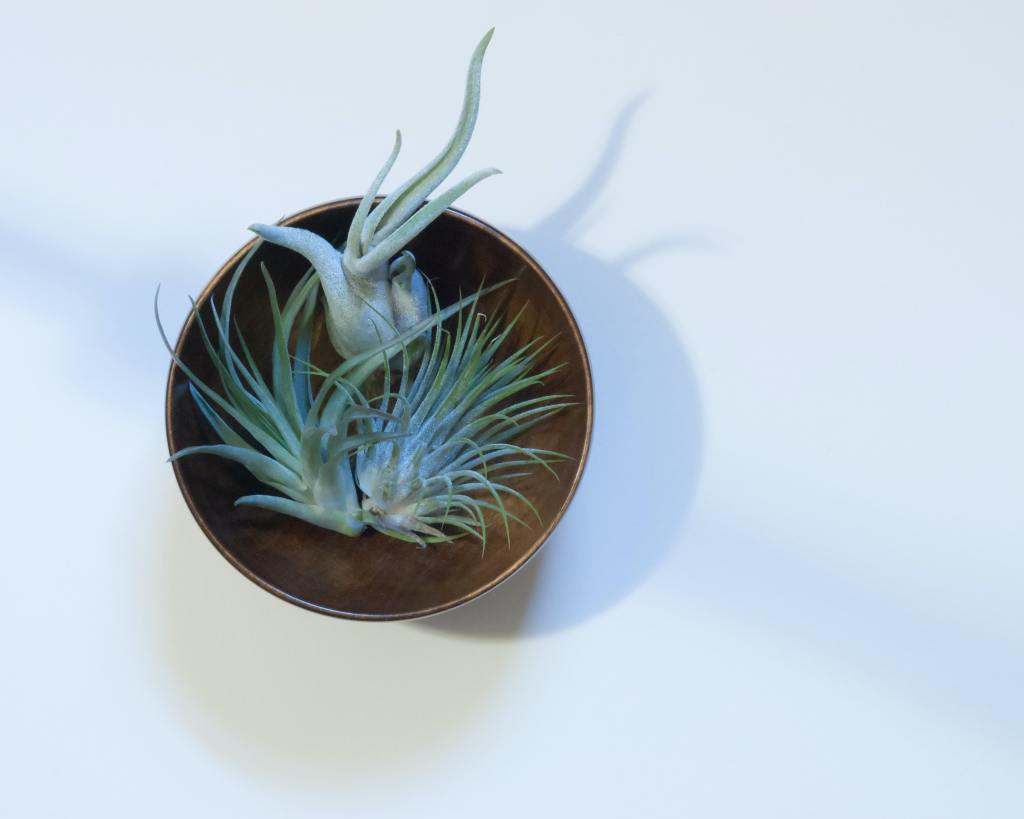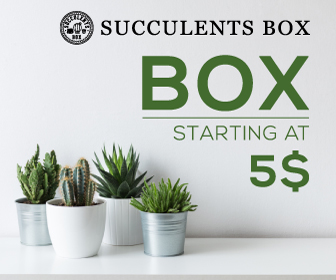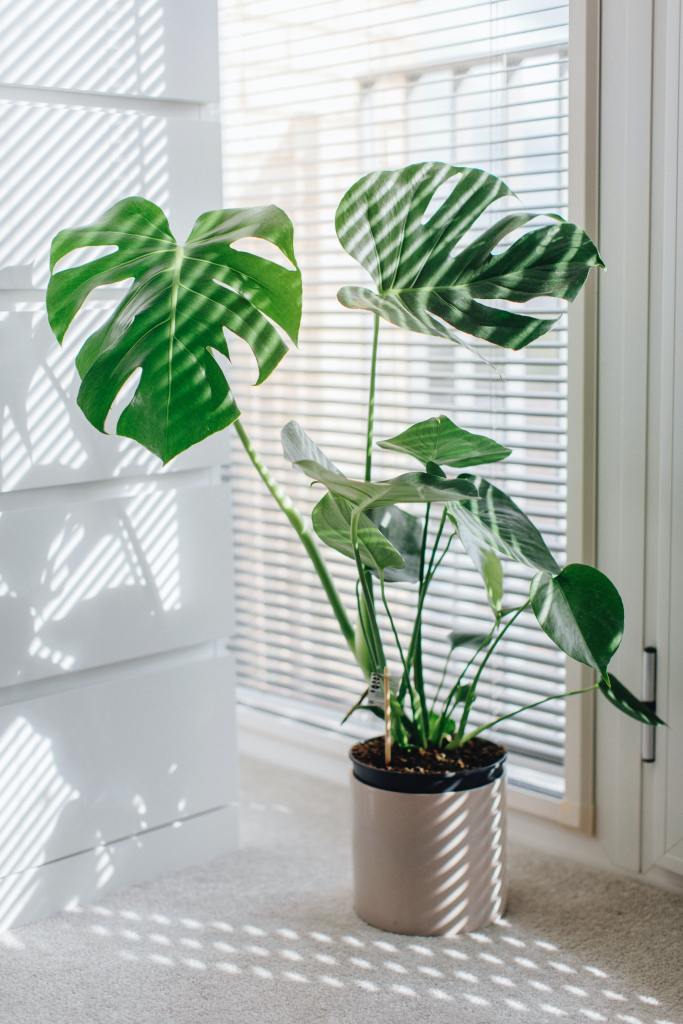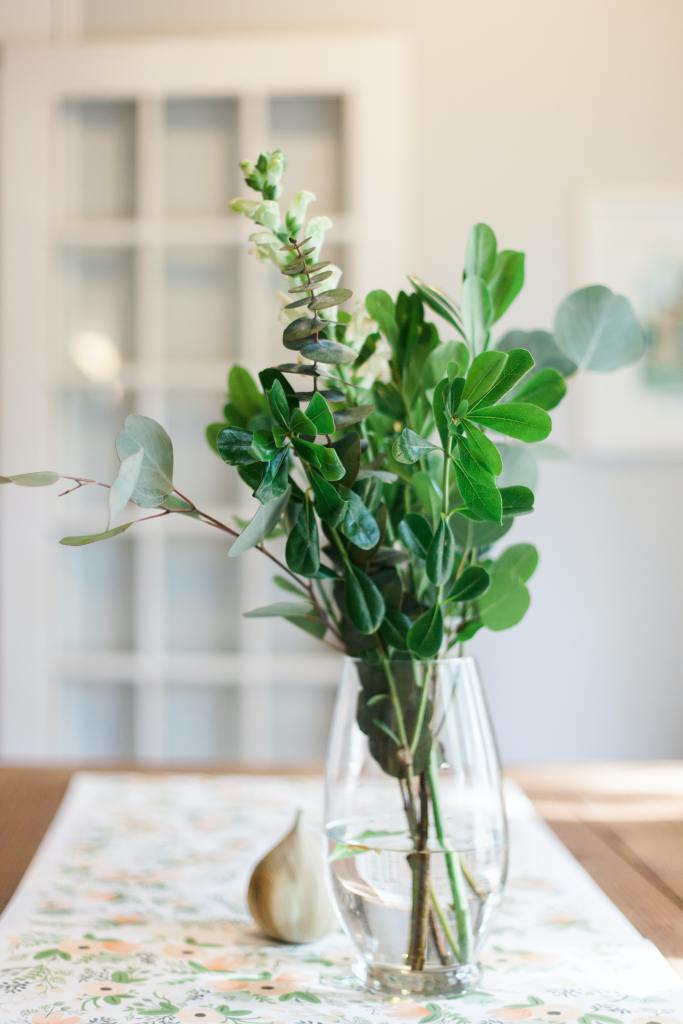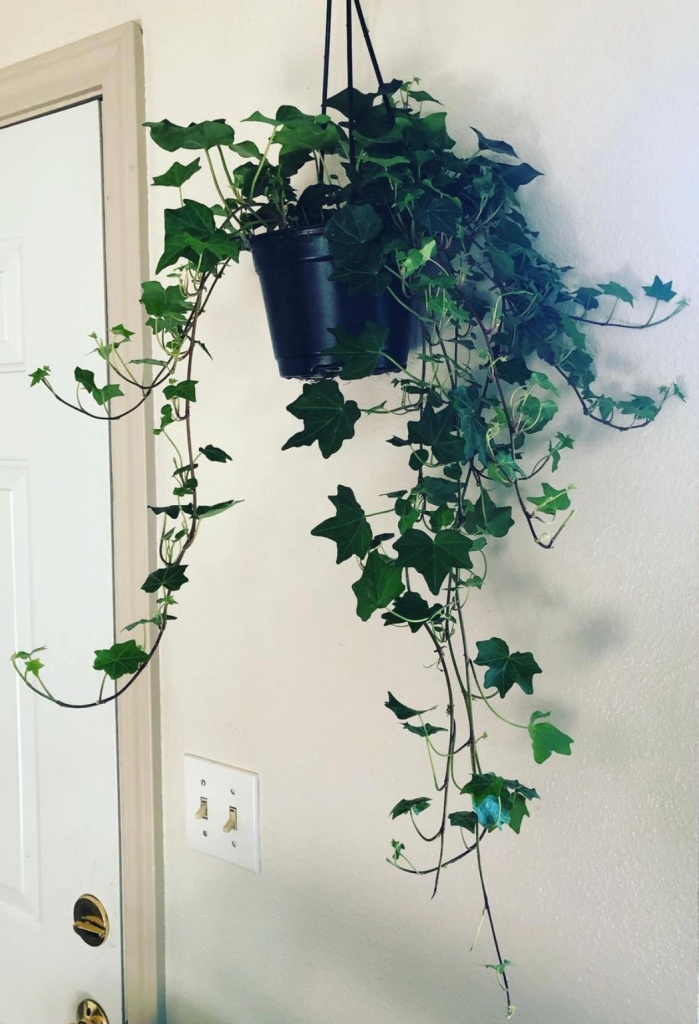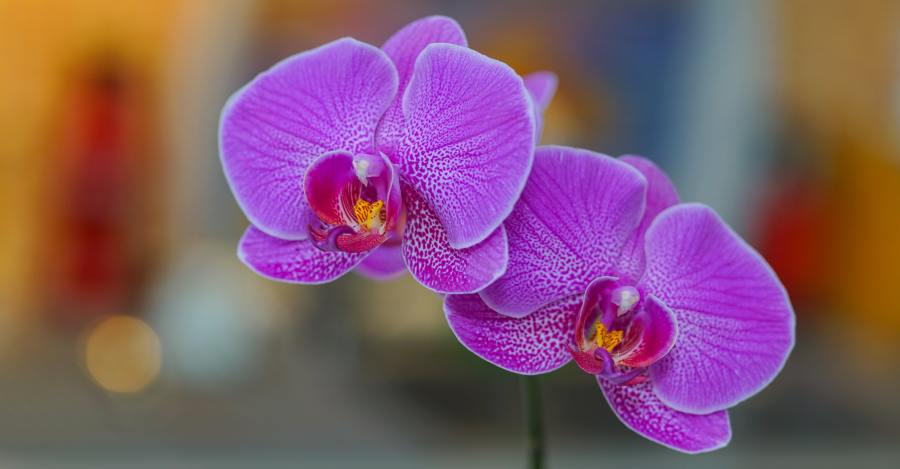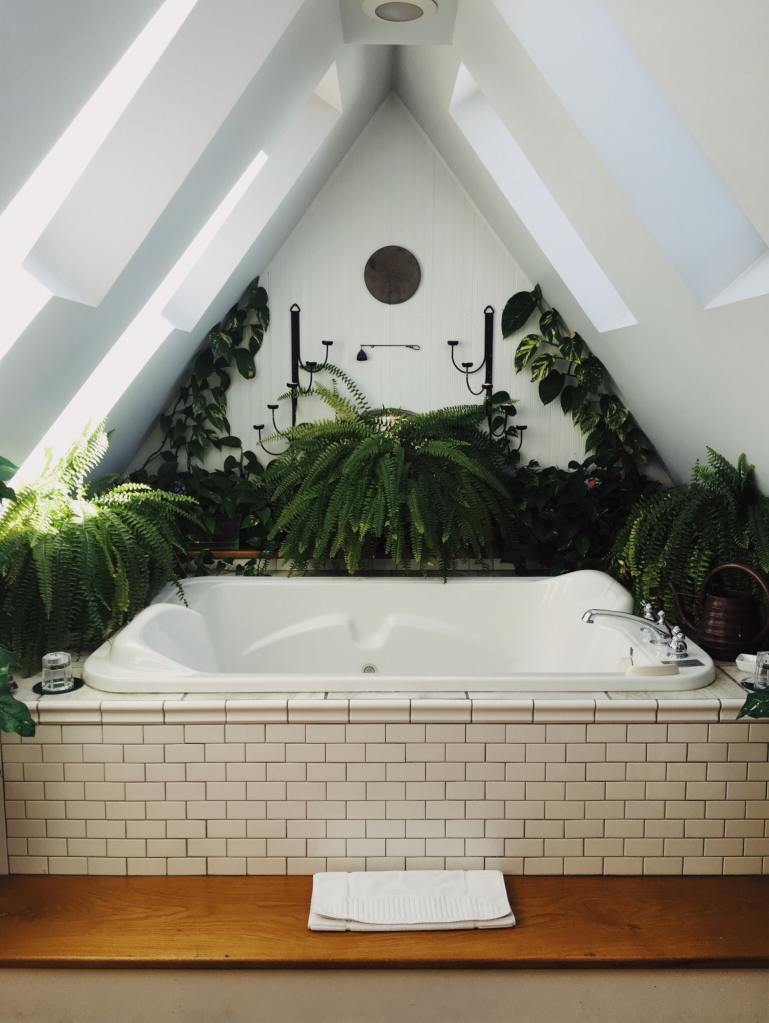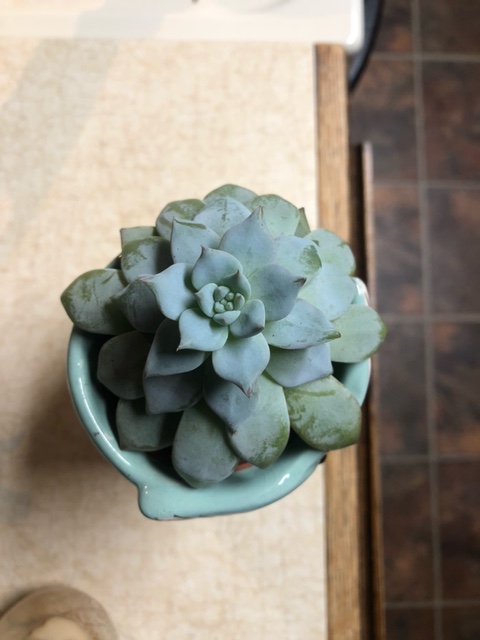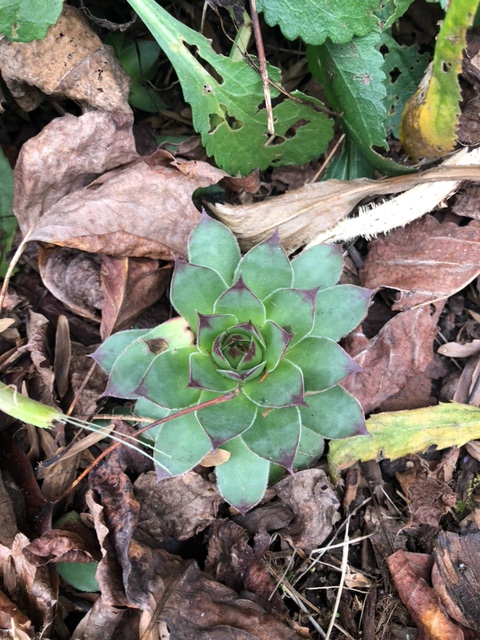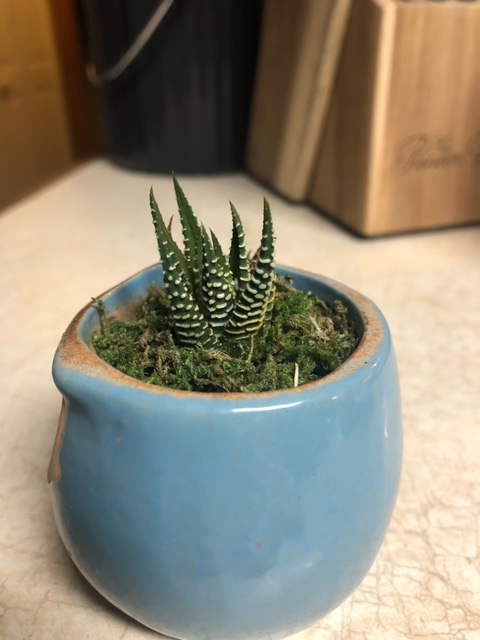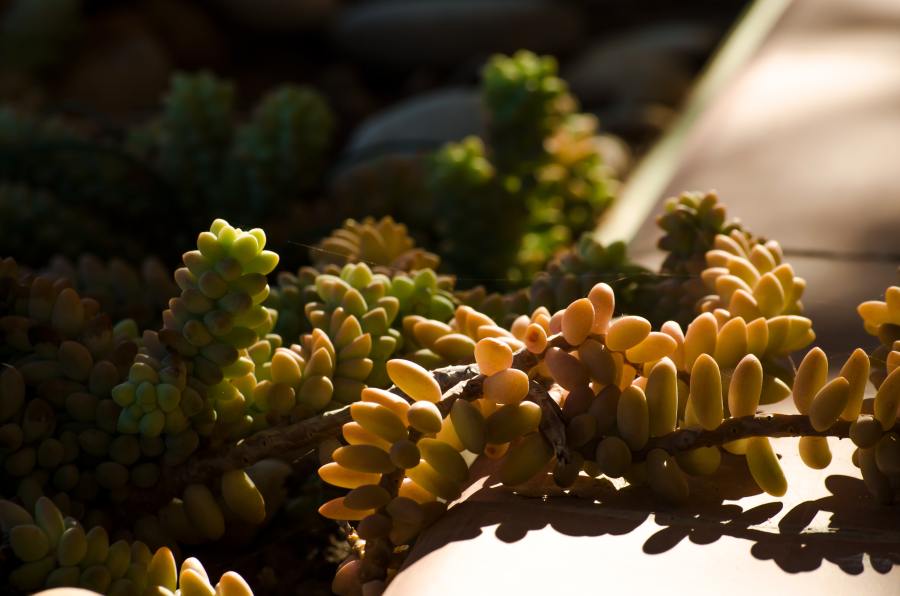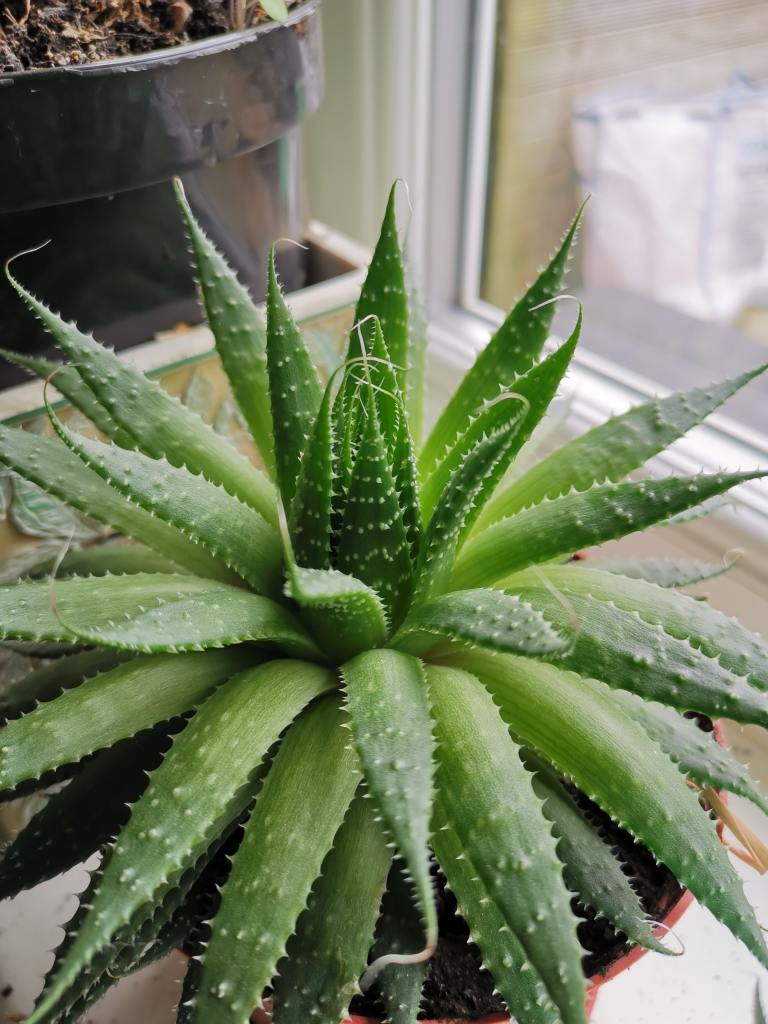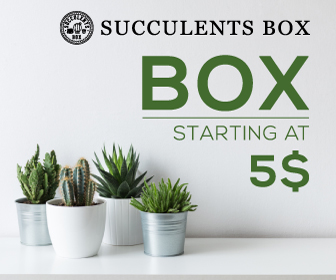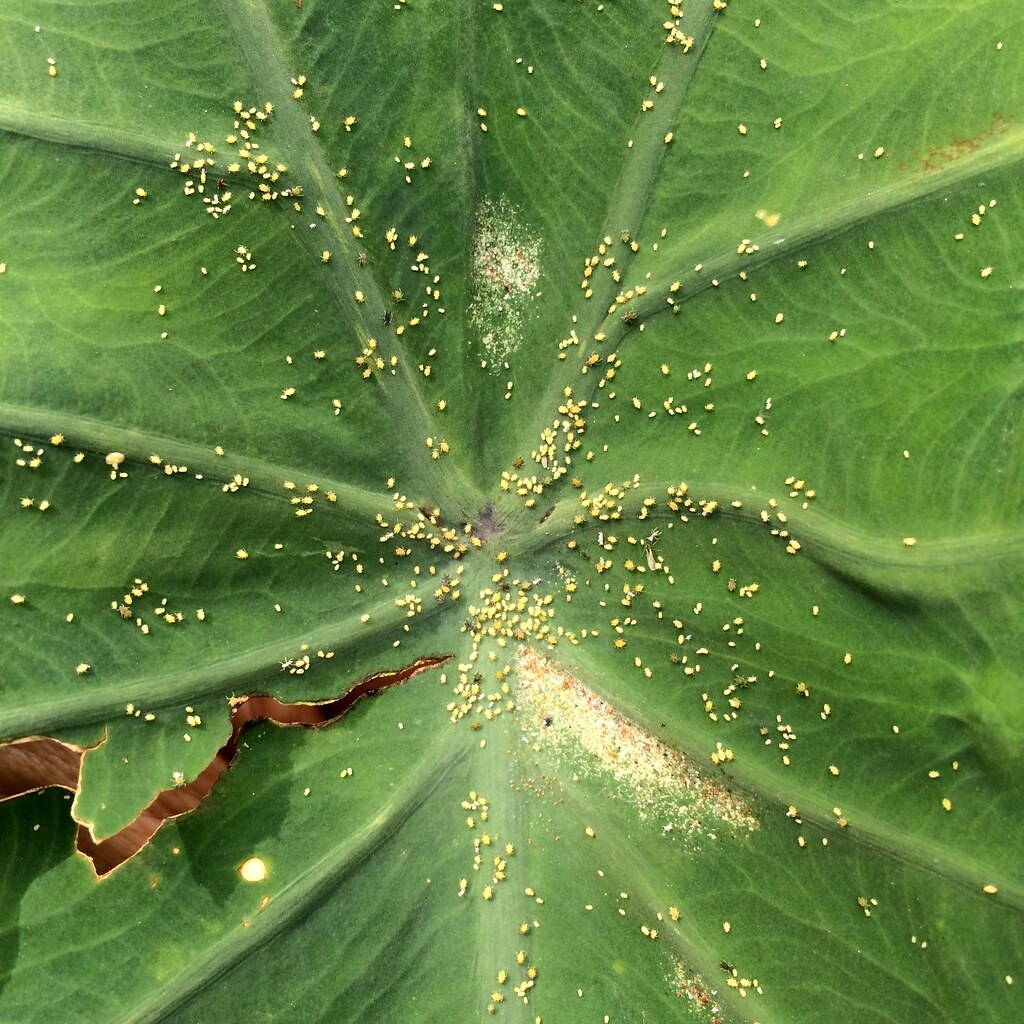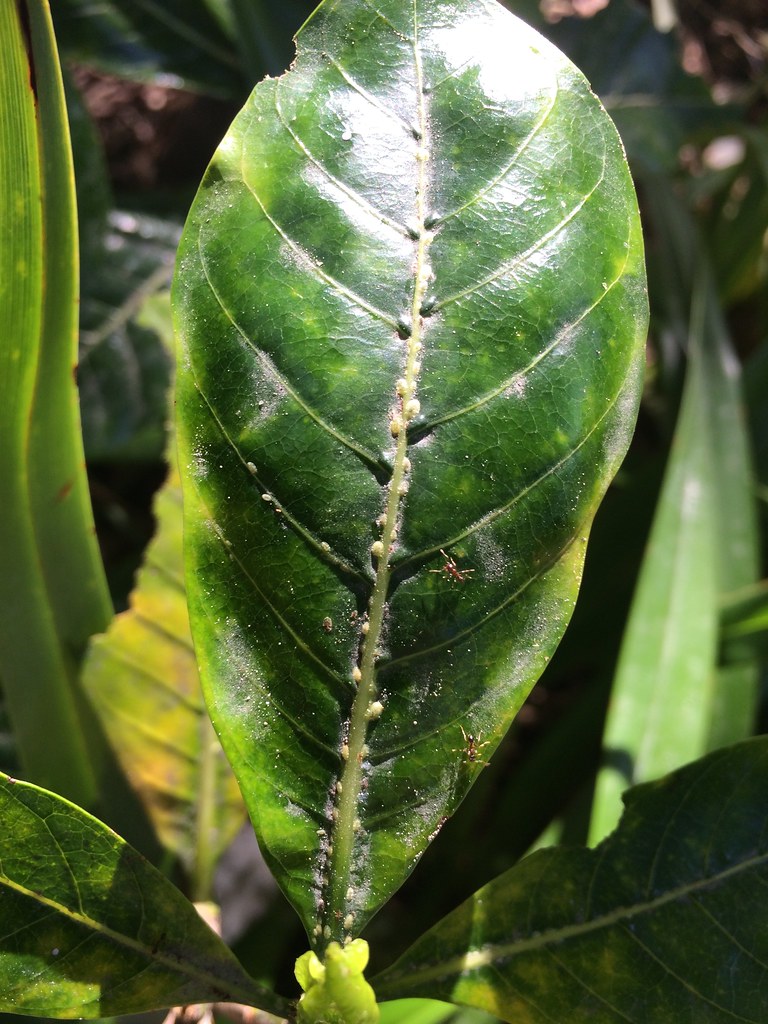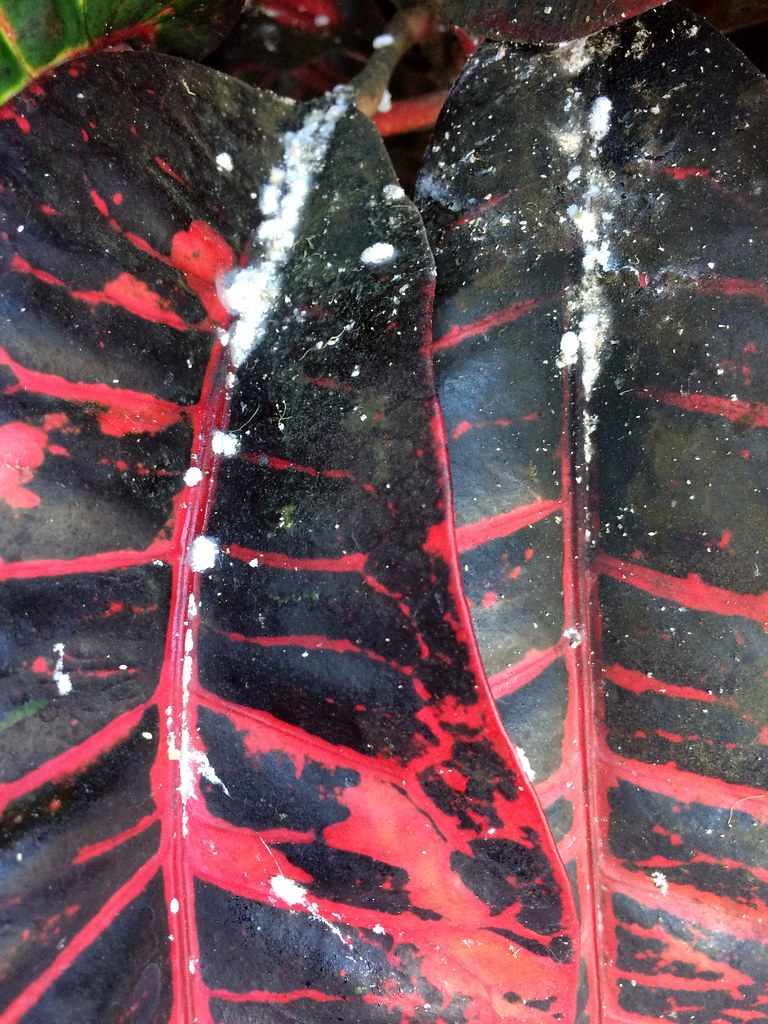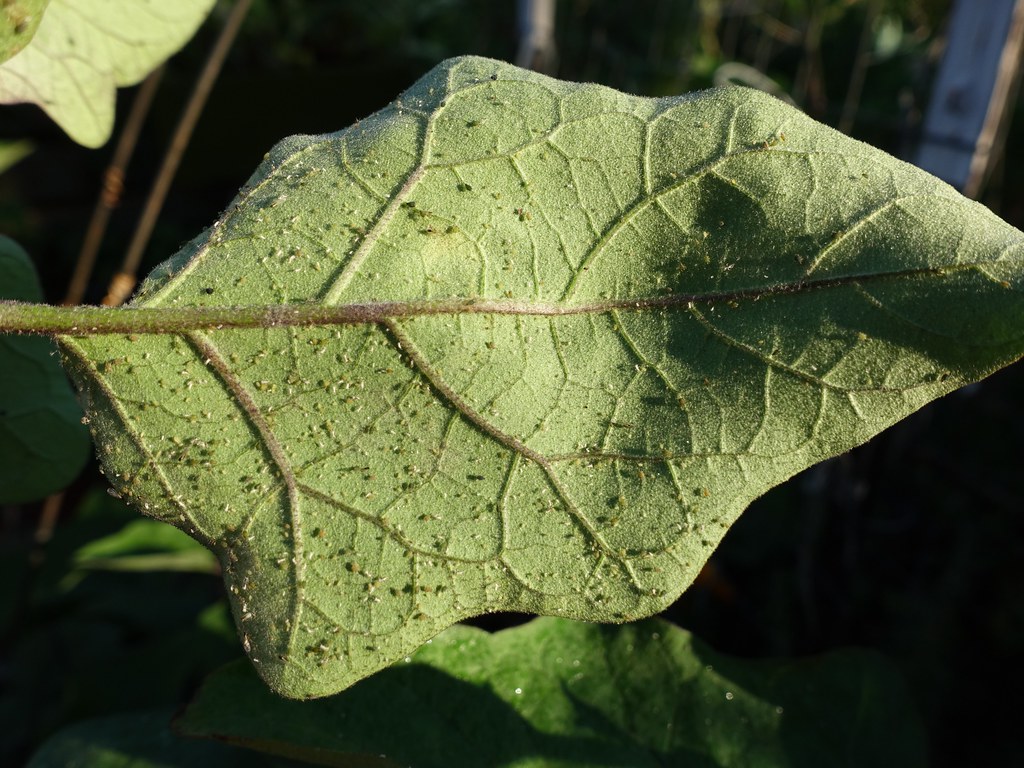*I may get commissions for purchases made through Amazon links in this post.
Do you ever wonder what you should have for your plant care. Things that can make your life a lot easier, as well as your plants being a lot happier.
I have talked about some of these things in previous posts. I thought it would be good to have what I think is good to have all in one place, so here it is!
I think that there were things that I needed that I just put off for a long time. Once we got some things that we knew we needed, and had them around the house. There was a big difference in the quality of care that our plants were able to receive.
Plant Shears
I didn’t realize we needed it until we needed one for root rot and leaf issues. After using cheap scissors we realized we should probably get some plant shears to make cleaner cuts. Older, bigger paper scissors can lead to damage of your plant.
I am also not big ones like for cutting outdoor branches. I am talking about the ones that are big enough to do the job as well as look good in your plant setting or paired with your plant tools.
These pruning shears are not like the bulky ones that you would normally see for cutting outdoor plants. They have a shorter blade than normal scissors too, which allow you to get right in there. They also have 21,000+ really good reviews.
Click Here to Buy The VIVOSUN Shears on Amazon.
I may get commissions for purchases made through links in this post.
Small Humidifier
This is useful especially during the winter time for most people. It is hard to keep the humidity in your house up when you have a fire, or a heater going. You can’t really trade off humidity for heat, you generally will need some combination of both. This is a big problem in my house because we have a wood stove.
So what can you do ? A lot of plants also don’t do very well in the colder climates, and humidity trays only go so far. If you want a more consistent humidity, then look into getting a Humidifier.
I really like the sleek look of this humidifier. The fact that it also has a humidity gauge built into it really got my attention, while still being quiet when it is working.
Click Here To Buy The TaoTronics Humidifier on Amazon
I may get commissions for purchases made through links in this post.
Humidity/Temperature Gauge
It is important to have the right temperature range for house plants. But unless it’s extremely cold or dipping below the 50s. That generally won’t be too much of an issue.
However, I would bet that what most people don’t have is a humidity gauge. Most indoor plants like humidity, or a certain range at least. This paired with a humidifier is going to give you an easier time to adjust to the particular settings you need.
Luckily for us, these normally come at a cheap cost. They last a long time and it’s better than just guessing. This paired with the humidifier can give you a better idea of what your plants are experiencing in your home.
This little guy tells you what you need to know. It shows both the temperature, as well as the humidity. I liked this because it’s simple to read, gives you the ranges of the room. What I liked the most was the backlight feature, and the price point.
As well as a really decent price, especially compared to the others listed. I wouldn’t want to pay a bunch of money for something this simple, which is why I like this option.
Click Here To Buy The ThermoPro TP55 on Amazon
I may get commissions for purchases made through links in this post.
LED Plant Lights
Another thing that I knew that I wanted, was LED plant lights. I was fortunate enough to get some LED lights from a roommate moving and he left them for me. These were cheap sets of LED lights but they do the job, and are really adjustable for me. However I wish that I had more options, as mine only have 2 intensity settings.
But these cheap lights work, and I was happy about them. I do think that I will upgrade them eventually, and maybe have the cheaper LED in some other area of the house.
Make sure you put into consideration of the type of light the LED has. Some plants prefer certain types of light compared to others. Some plants also like more of a certain light when they are wanting to bloom.
These are very similar to the LED lights that I have. But this one has 3 light bars instead of 2, and more settings as far as intensity, light color settings/ time settings. They are a reasonable price, and have light settings for blue, red, and mixed depending what your plant requires.
Click Here To Buy These Buteny Grow Lights on Amazon
I may get commissions for purchases made through links in this post.
Watering Mister
These are really useful when you have a plant that you want to mist just a particular part of the plant. Like trying to get under the leaf part to the roots in particular. As well as just creating a fine enough mist in order to not have big droplets, avoiding too much buildup on the leaves and risking mold/fungus growth.
This mister is similar to the one I have at home. However this one has a longer nozzle, which is beneficial. It will allow you to get in the particular places like misting the roots of your orchid more easily. It also has a decent amount of color options.
Click Here To Buy The Ebristar Glass Mister Bottle on Amazon
I may get commissions for purchases made through links in this post.
I think that these things are beneficial to have. At least in making the care for your plants a bit easier. I hope that these can give you at least some sort of idea on what helped me.
As always if you have any suggestions let me know. Or if there is something that you want to read let me know as well. If you don’t want to miss out on anything you can sign up to my email list. I only use it to let people know about new things on PlantDummy, and if you want off you can easily take yourself off.
Thank you all for reading,
-Plant Dummy





